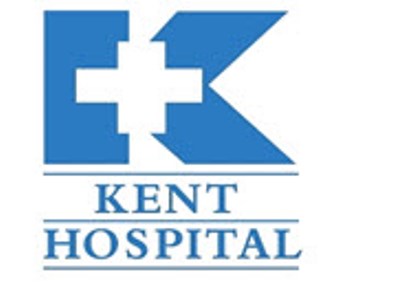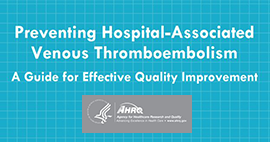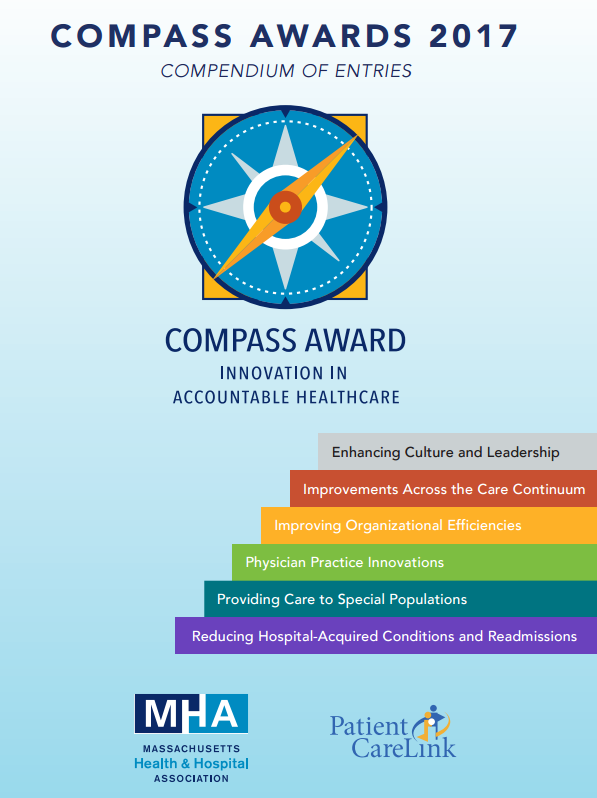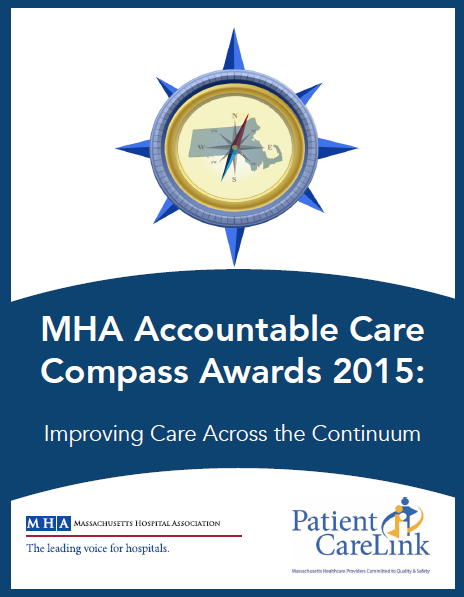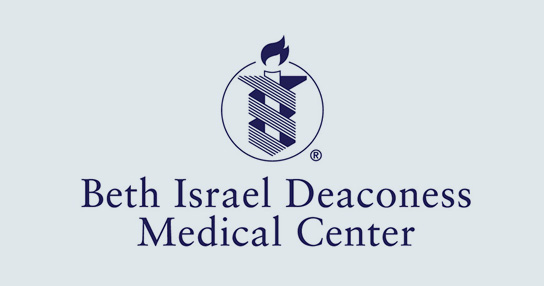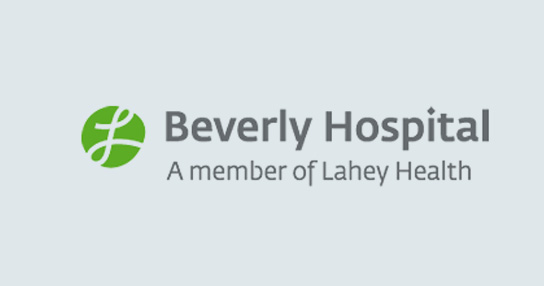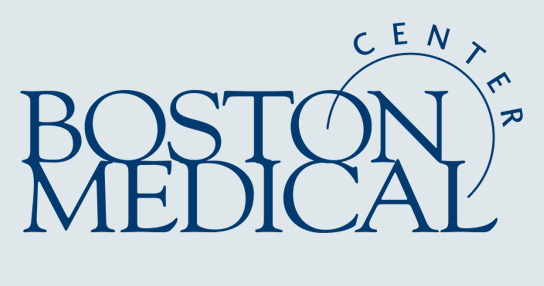Kent Hospital’s Good Catch Award is a way to demonstrate the hospital’s commitment to keeping patients, visitors and employees safe by rewarding those individuals who "speak up" to prevent harm and improve the culture of safety. The Good Catch Award creates positive incentives for providers and staff to report patient safety events.
Kent Hospital’s staff strives continuously to enhance the culture of safety and realizes the importance of recognizing individuals who promote safety. High-reliability organizations de-stigmatize failure. Medical errors that are detected and corrected before harming patients are called near-misses. High-reliability organizations treat these events differently from other hospitals. They encourage employees to come forward with near-misses and they focus on which processes and safeguards work best.
A near miss or a "Good Catch" is an error that happened but did not reach the patient, thereby avoiding any patient harm. These errors are captured and corrected either through staff awareness or designed system controls that have been put into place. Kent Hospital recognizes that good systems equal good outcomes and the Good Catch Award program supports this philosophy.
Risk Management and the hospital’s dedicated Management Team review and investigate all reported safety events daily. The investigations provide Kent the opportunity to identify systems or human factor variables to ensure that a similar event doesn’t occur again. Extensive research has shown that most events, both serious and catastrophic, were preceded by warnings or near-miss events. Reporting near miss-events is important to Kent Hospital, as these events occur usually at a much higher rate than actual events.
Risk Management tracks and trends all patient safety event data from the hospital’s electronic safety event reporting system – Quantros. That data, as well as lessons learned, is shared among senior leaders and other interdisciplinary team members at the weekly Performance Improvement and Patient Safety Committee (PIPS) meeting. At each weekly PIPS meeting, Kent Hospital’s management team members collectively review near-miss events in an effort to determine where there is a potential to improve current processes, procedures, and practices. By identifying areas of opportunity, the organization has a better chance of assuring positive outcomes by preventing similar occurrences from happening again.
Since the inception of the Good Catch Program in June 2016, the numbers of near-miss events that have been reported into Quantros have increased significantly. Remember: recognizing and reporting near misses – as opposed to ignoring them – is a positive trend to help improve systems and improve patient safety. To date Kent Hospital has awarded 136 Good Catch awards.
Here are just a few examples of near-miss events:
Near Miss: RN noted Heparin drip order set in Cerner was automatically changing the initial lab draw post initiation. This was a near miss event as it could have led to a delay and/or an omission in the initial post anti- factor Xa resulting in patient harm.
Actions: Heparin Nomogram in Cerner updated; initial 6 hour anti- factor Xa (after the start of infusion) is now automatically pre-checked for drawing by the lab.
Near Miss: RN noted there was 2g Magnesium in the 125mg Cardizem pockets of the Pyxis machines; both have similar packaging and are stored next to each other in the Pyxis.
Actions: Labels were placed on the Cardizem bags to differentiate them from the Magnesium in the pharmacy storage bins. The Cardizem and Magnesium vials were relocated to different drawers in all of the Pyxis machines.
Near Miss: CNA noted that the shower heads in rehab could easily shoot off the nozzle and potentially injure a patient.
Actions: Risk & Engineering investigated, design flaw of the shower heads noted, and all were changed out to a different model.
Any staff member who makes a “Good Catch” is presented with a Good Catch Award certificate, Good Catch lapel pin, and their picture is taken with Kent Hospital’s leadership team members. In addition, the award recipients have their pictures displayed prominently. The staff member’s name is published in Kent Hospital’s ‘Vital Signs’, which is sent not only to all of Kent Hospital, but also via e-mail to all Care New England employees as well.
At the end of each fiscal year, Kent Hospital nominates recipients for awards that are an extension of this program: The All Star Award (1 winner) and the Golden Glove Awards (1 winner from every clinical and non-clinical department within Kent Hospital). These nominees are presented to our Performance Improvement and Patient Safety Committee for voting. Click the link for Good Catch Program highlights.

